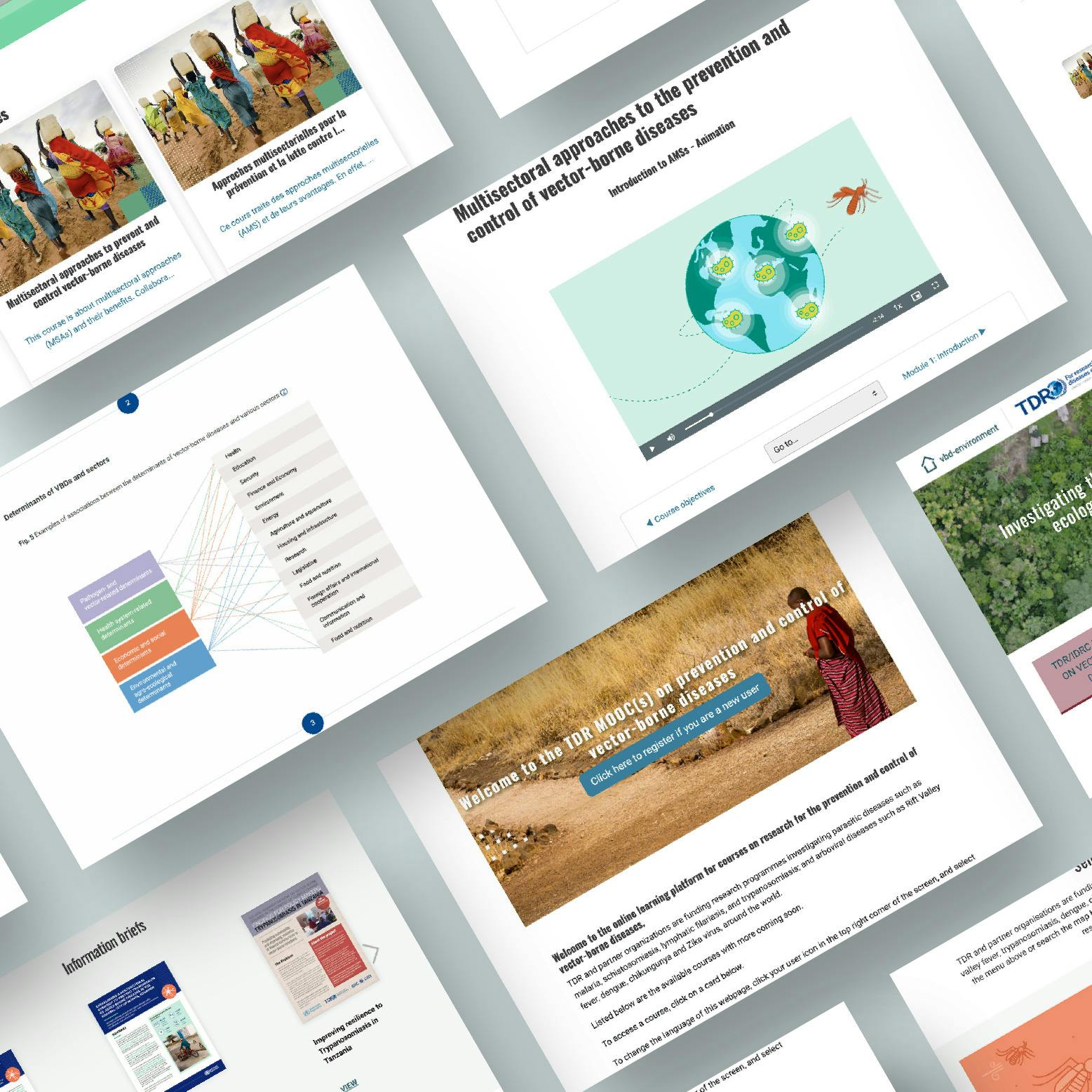OECD States of Fragility 2022 and 2025
The OECD States of Fragility is a flagship biennial publication that analyses the dynamics of fragility across countries and regions. This data-driven report uses the OECD's multidimensional fragility framework to assess countries' vulnerabilities across six dimensions: economic, environmental, human, political, security and societal.
The brief
Lushomo was asked to develop a visual identity and information design for all technical figures and infographics in the 2022 and 2025 editions. This included creating additional assets, such as an explainer video for social media and a wall chart summarising the 2022 report's key messages.
Our approach
We began with a deep dive into the data to establish themes, key messages and consistent data points. From there, we developed an accessible colour palette allowing for maximum contrast between data points. Technical figures were designed with key messages highlighted where necessary. Infographics and conceptual figures use simple icons and pictograms to communicate data efficiently.
Visual language
These visually compelling, data-rich visuals need to communicate the urgency and complexity of fragility across different global contexts. This is achieved using bright colours, strong typography and simple iconic imagery. Functionality and clarity drive all design decisions.
The deliverables
In addition to the report figures, we developed cover artwork and worked on the "snail" graphic, which summarises data from 61 countries across the five dimensions of fragility. In 2025 we also created the conceptual "galaxy" graphic, illustrating that fragility is a continuum along which all countries are in constant motion.
The highlights
According to the OECD, "The world's most fragile places —where economic, environmental, political, security and societal risks converge— are home to 25% of the global population, but 72% of the extreme poor. This could rise to 92% by 2040."
We value the opportunity to help share information around this pressing global issue. See more here.












